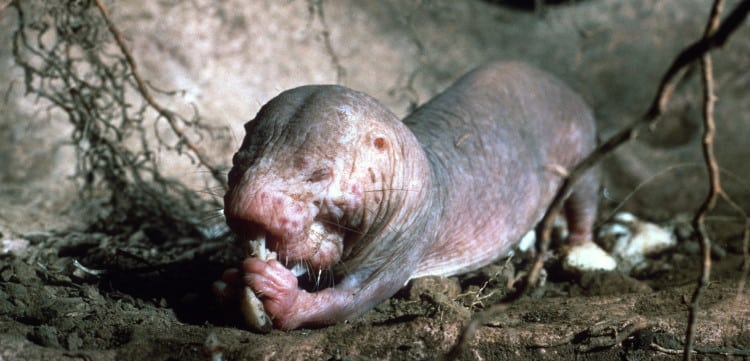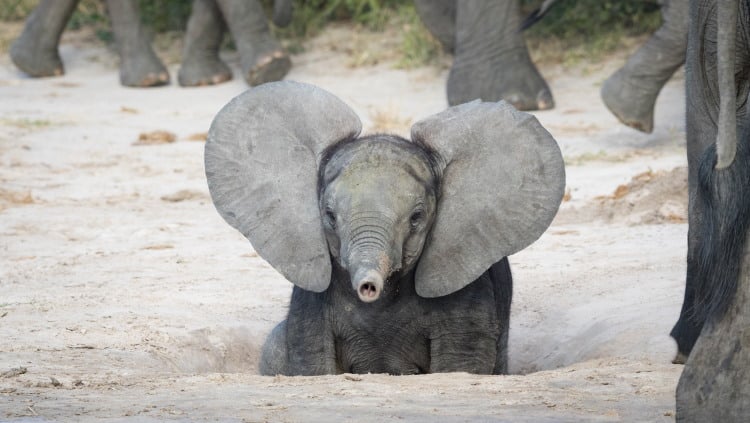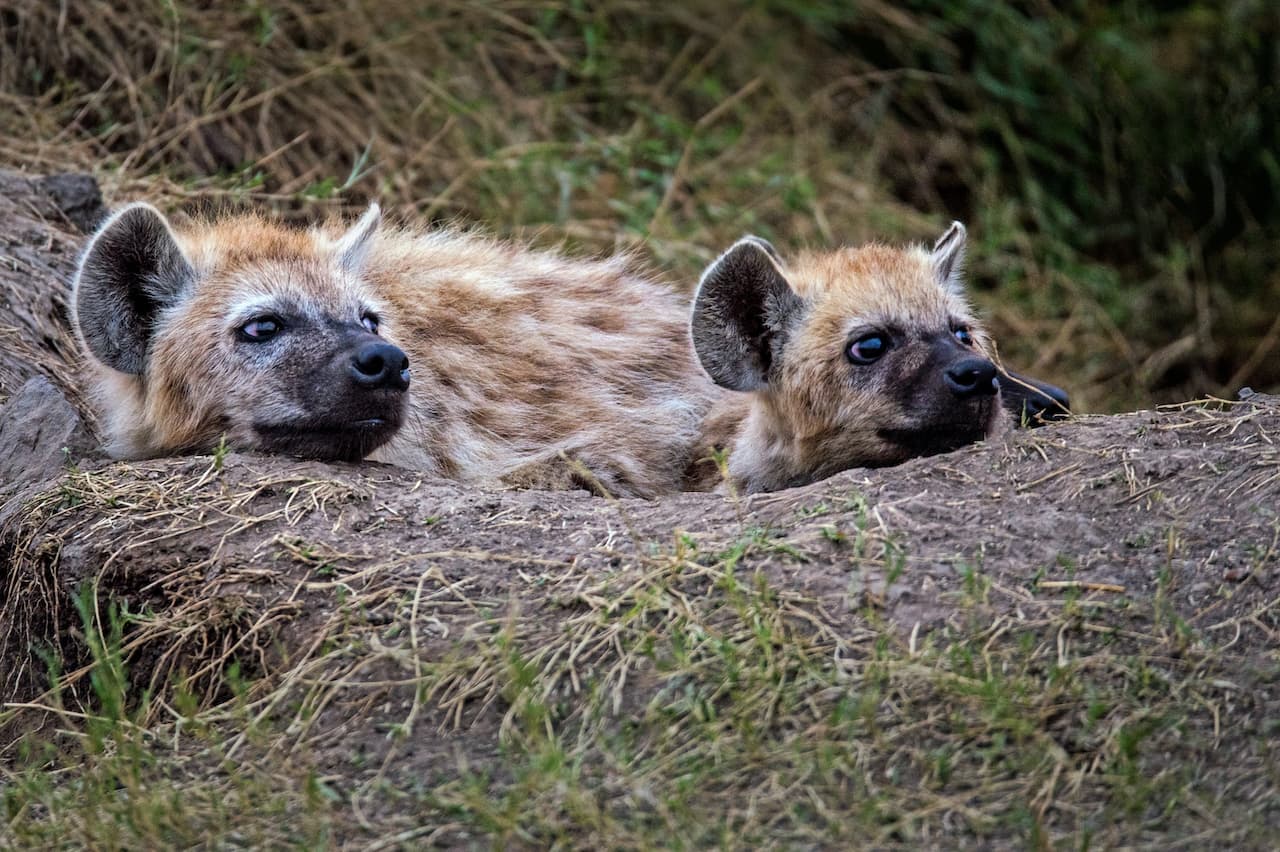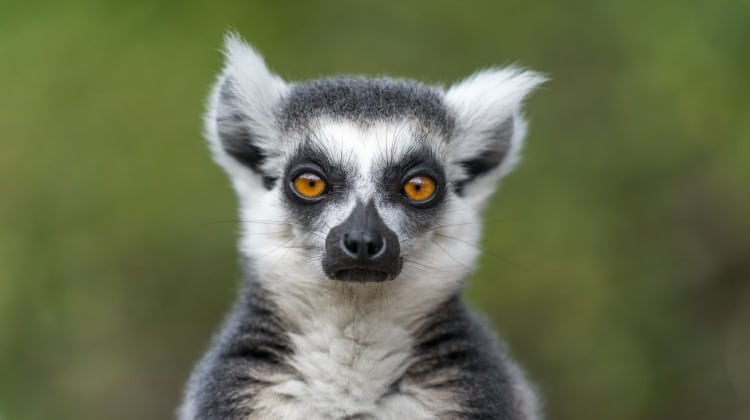Warm Blooded Animals 101: Endothermy vs. Homeothermy
We are warm blooded animals. So are all other mammals – to a certain extent – and birds.
However, warm blood is not really the question… many reptiles have blood far warmer than ours, but only on hot days.
In fact, blood temperature is merely a reflection of body temperature. The important thing about mammals and birds is that they maintain a constant internal temperature.
This is called being Homeothermic and it involves not just generating your own heat when the ambient (surrounding) temperature is low, but also finding ways to cool down when the ambient temperature is too high.
Reptiles and many other animals – particularly most insects – live at the temperature of the world around them: cold when it is cold and hot when it is hot. This is called poikilothermy, or being poikilothermic.
The Magic Of Endothermy
Endothermy means generating heat internally.
All mammals are endothermic and most are homeothermic. Some mammals cannot always maintain a constant temperature within.
Echidnas have a body temperature that varies between 25-37 degrees C (they are also poor at cooling). Most bats are unable to maintain a constant temperature and cool down considerably when they sleep or rest.
The exception to this rule is the Naked Mole Rat Heterocephalus glaber, from Africa. This unique mammal has lost the the ability to regulate its body temperature via endothermy. This does not effect their lives because they live underground in an environment with a very stable temperature regime.

Other Mole Rats have also been shown to have weak endothermic abilities, but only H. glaber appears to have lost it completely.
We maintain our inner temperature by burning food (oxidation) within ourselves and we stay cool by sweating, panting and changing our postures and place in the world.
Sweating and panting work by generating heat loss through evaporating water. Changing posture allows us to control, to some extent, the heat absorbed from the world around us. While changing position simply means seeking shade or shelter when it is too hot.
Mammals are unique in possessing hair and in many mammals hair varies throughout the year. These mammals possess a thick insulating coat of hair during winter and a much thinner one during summer.
Why Are Mammals Warm-Blooded?
Being warm-blooded gives mammals a distinct advantage in many habitats, allowing them to be active when reptiles are hardly able to move.
It also allows mammals to live in habitats where reptiles cannot live at all, such as the Arctic, mountain tops, etc. The reason behind this is that muscle activity is basically dependent on chemical reactions – as are all biological functions.
Chemical reactions run slowly when it is cold, but quickly when it is hot. This is because heat is synonymous with (the same as) energy. The more energy you have, the faster the chemical reaction occurs.
In the early mammals, using endothermy probably allowed them to be active at night when competing reptiles were forced to rest or be sluggish.
Being warm-blooded is costly… mammals and birds have much greater energy requirements than reptiles of a similar weight.
Interestingly, because heat loss from a body is proportional to the surface area, but the heat generated is proportional to mass; and because the ratio of surface area to mass is less the larger you are – for mammals – being large is easier than being small, providing enough food is available.
In simple terms, small animals lose heat more quickly than larger ones. Hence it is easier to stay warm if you are bigger. This is the reason why many mammal populations of a given species, which live in cold climates, tend to be larger than those populations of the same species that live in warmer climates.
For example wolves were bigger in Finland than in Italy.
Only mammals sweat, but not all mammals have the same number of sweat glands. For instance, while primates have sweat glands all over their bodies, cats and dogs only have them in their feet and golden moles and whales don’t have any.
Energy Balance In Homeothermy
Between 80% to 90% of the energy expended by most mammals is spent maintaining a constant temperature via homeothermy.
Obviously, this factor varies with habitat and time of year. The energy requirements of a mouse at rest are ten times greater per gram of weight than those of a horse at rest.
The smallest mammals need to eat almost constantly to survive.
The reverse effect is that large mammals have more problems cooling down if they overheat. Hence an elephant’s large ear lobes, increase its effective surface area. By pumping blood into its ears, an elephant can increase heat loss.

Energy requirements also affect an animal’s diet, as the need for higher energy intake drives small mammals to seek high-energy foods such as seeds, fruit, buds, insects, and other mammals. Whereas larger mammals can eat less nutritious food, such as leaves or grass – or else, eat less often.
The burning of food (sugars) to maintain our inner temperature is called internal respiration, which should not be confused with external respiration which is the physical process of breathing.
Though the process has a lot of steps and involves enzyme catalysts, the chemical equation is quite simple:

Drawbacks Of Homeothermy
Another problem with maintaining a constant internal temperature is that it supplies a perfect environment for other non-homeothermic animals to live in.
Mammals and birds suffer from a far higher variety of pests and parasites than reptiles. These can be viruses, bacteria, amoebae, worms and/or insects. What they all seek is a nice warm nutritious environment to grow in.
For this reason, mammals and birds have a much more highly developed immune system as well as social interactions that often include mutual grooming.
Final Thoughts
Well I hope this has given you some appreciation of what a wonderful and special thing our warm, comfortable (warm blooded) bodies are!
After all, we only enjoy feeling hot or cold as a result of the difference between our body temperature and the surrounding air temperature.
Perhaps now you’d like to learn a little about non placental mammals.





